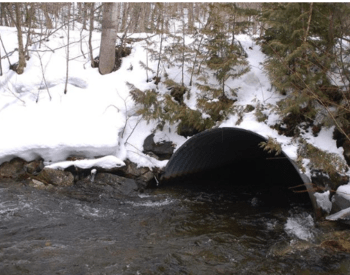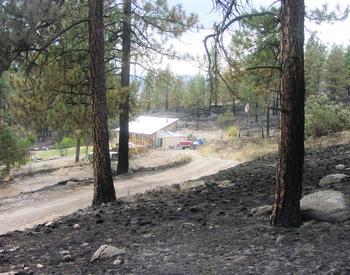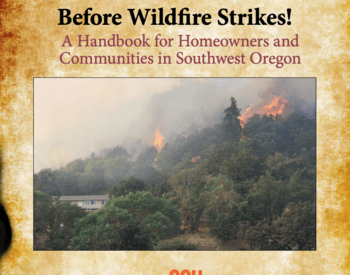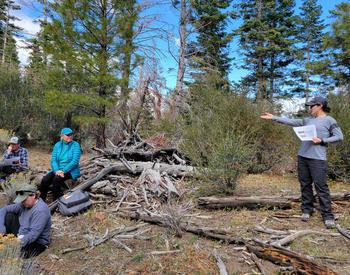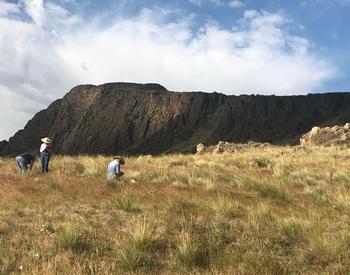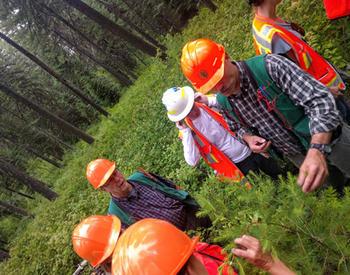Wildfire smoke is typically a mixture of water vapor, gases, fine particles and trace minerals from burning fuels like trees and vegetation, other organic components, and, sometimes, building materials.
Fine particles are the principal pollutants of concern for public health exposures.
Particle pollution, also called particulate matter (PM), is the term used to define a mixture of tiny solids or liquid droplets that include smoke, soot, dirt and dust found in the air.
Particulate pollution includes two specific size ranges:
- PM10 inhalable particles, with diameters that are generally 10 microns and smaller.
- PM2.5 fine inhalable particles, with diameters that are generally 2.5 microns and smaller.
For reference, a single strand of human hair is about 70 microns in diameter. Fine particles are so small they can be inhaled and lodge deep in a person’s lungs, causing irritation, inflammation, shortness of breath, and can aggravate existing heart and lung diseases. The smaller the particle size, the more dangerous it is. PM2.5 exposure from wildfire smoke, therefore, poses a great risk to public health.
To help mitigate the risk of wildfires and smoke exposure, land managers use tools such as thinning, chipping and prescribed fire. These tools help improve the health and resiliency of our forests and, over time, can lessen the impacts (like smoke) from wildfires.
Doesn’t prescribed fire also create smoke? Yes, however, prescribed fires are highly regulated and subject to strict air-quality standards. Prior to igniting a prescribed fire, a certified burn boss or other qualified person writes a fire management plan that identifies the best conditions to burn in order to safely achieve the desired results while minimizing smoke impacts.
These plans consider factors such as temperature, humidity, wind, fuel moisture and smoke dispersal conditions. In contrast, wildfires burn under uncontrolled and unplanned circumstances, making it difficult to manage how much smoke is produced and where it goes. Particles of smoke can stay in the air and move through the Earth’s atmosphere, traveling thousands of miles away.
Air quality standards are established by the U.S. Environmental Protection Agency to protect public health. EPA established an air quality index to communicate how clean or polluted the air is, or how polluted it is forecasted to become. Current air quality information can be found on the Oregon Smoke Blog.
Smoke exposure is harmful to your health, but not everyone exposed to smoke will experience serious health problems. Age, exposure time and levels, and degree of susceptibility play a major role in determining if someone will experience serious smoke-related health impacts. People with pre-existing conditions of heart or lung diseases (including asthma and COPD), older adults, children and pregnant women are at greatest risk from smoke exposure.
This article was written in partnership with the Northwest Fire Science Consortium.






